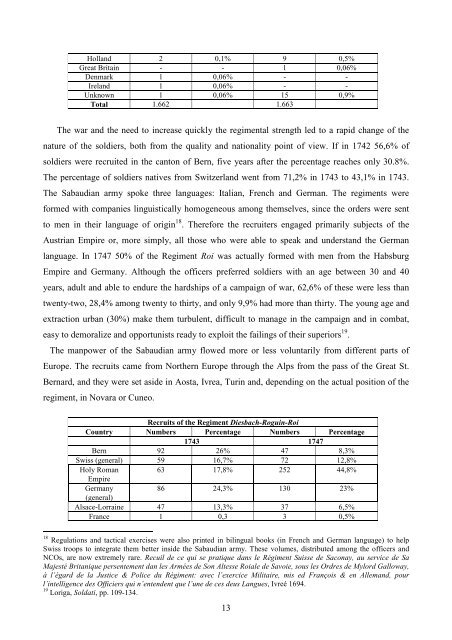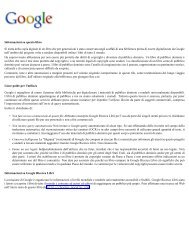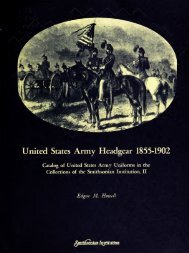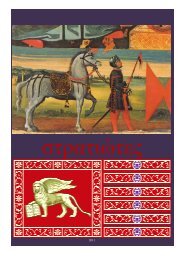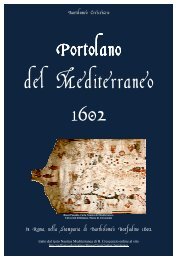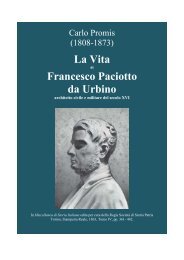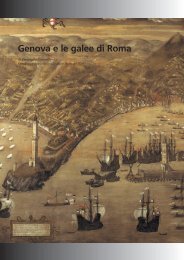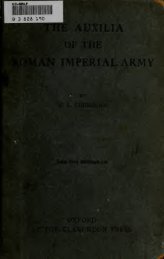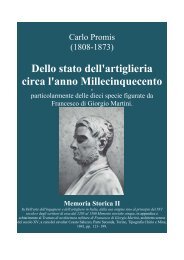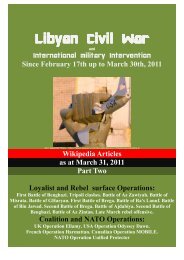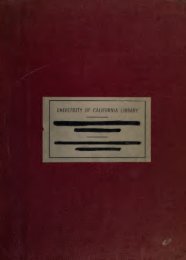Cerino-Badone, Swiss Regiments - Libreria Militare Ares
Cerino-Badone, Swiss Regiments - Libreria Militare Ares
Cerino-Badone, Swiss Regiments - Libreria Militare Ares
- No tags were found...
You also want an ePaper? Increase the reach of your titles
YUMPU automatically turns print PDFs into web optimized ePapers that Google loves.
Holland 2 0,1% 9 0,5%<br />
Great Britain - - 1 0,06%<br />
Denmark 1 0,06% - -<br />
Ireland 1 0,06% - -<br />
Unknown 1 0,06% 15 0,9%<br />
Total 1.662 1.663<br />
The war and the need to increase quickly the regimental strength led to a rapid change of the<br />
nature of the soldiers, both from the quality and nationality point of view. If in 1742 56,6% of<br />
soldiers were recruited in the canton of Bern, five years after the percentage reaches only 30.8%.<br />
The percentage of soldiers natives from Switzerland went from 71,2% in 1743 to 43,1% in 1743.<br />
The Sabaudian army spoke three languages: Italian, French and German. The regiments were<br />
formed with companies linguistically homogeneous among themselves, since the orders were sent<br />
to men in their language of origin 18 . Therefore the recruiters engaged primarily subjects of the<br />
Austrian Empire or, more simply, all those who were able to speak and understand the German<br />
language. In 1747 50% of the Regiment Roi was actually formed with men from the Habsburg<br />
Empire and Germany. Although the officers preferred soldiers with an age between 30 and 40<br />
years, adult and able to endure the hardships of a campaign of war, 62,6% of these were less than<br />
twenty-two, 28,4% among twenty to thirty, and only 9,9% had more than thirty. The young age and<br />
extraction urban (30%) make them turbulent, difficult to manage in the campaign and in combat,<br />
easy to demoralize and opportunists ready to exploit the failings of their superiors 19 .<br />
The manpower of the Sabaudian army flowed more or less voluntarily from different parts of<br />
Europe. The recruits came from Northern Europe through the Alps from the pass of the Great St.<br />
Bernard, and they were set aside in Aosta, Ivrea, Turin and, depending on the actual position of the<br />
regiment, in Novara or Cuneo.<br />
Recruits of the Regiment Diesbach-Roguin-Roi<br />
Country Numbers Percentage Numbers Percentage<br />
1743 1747<br />
Bern 92 26% 47 8,3%<br />
<strong>Swiss</strong> (general) 59 16,7% 72 12,8%<br />
Holy Roman<br />
63 17,8% 252 44,8%<br />
Empire<br />
Germany<br />
86 24,3% 130 23%<br />
(general)<br />
Alsace-Lorraine 47 13,3% 37 6,5%<br />
France 1 0,3 3 0,5%<br />
18 Regulations and tactical exercises were also printed in bilingual books (in French and German language) to help<br />
<strong>Swiss</strong> troops to integrate them better inside the Sabaudian army. These volumes, distributed among the officers and<br />
NCOs, are now extremely rare. Recuil de ce qui se pratique dans le Régiment Suisse de Saconay, au service de Sa<br />
Majesté Britanique persentement dan les Armées de Son Altesse Roiale de Savoie, sous les Ordres de Mylord Galloway,<br />
à l’égard de la Justice & Police du Régiment: avec l’exercice Militaire, mis ed François & en Allemand, pour<br />
l’intelligence des Officiers qui n’entendent que l’une de ces deus Langues, Ivreé 1694.<br />
19 Loriga, Soldati, pp. 109-134.<br />
13


